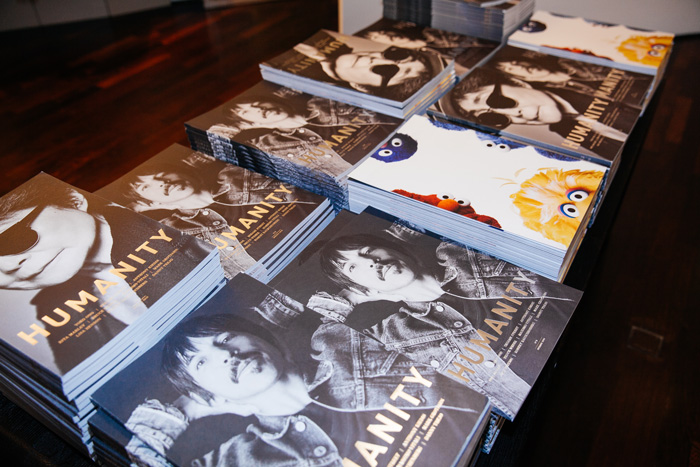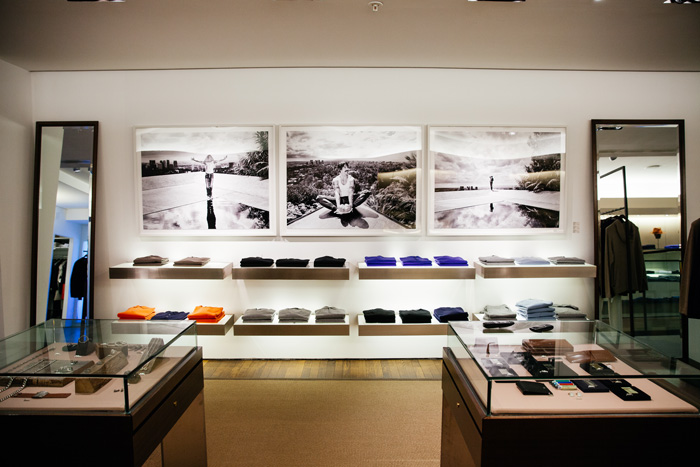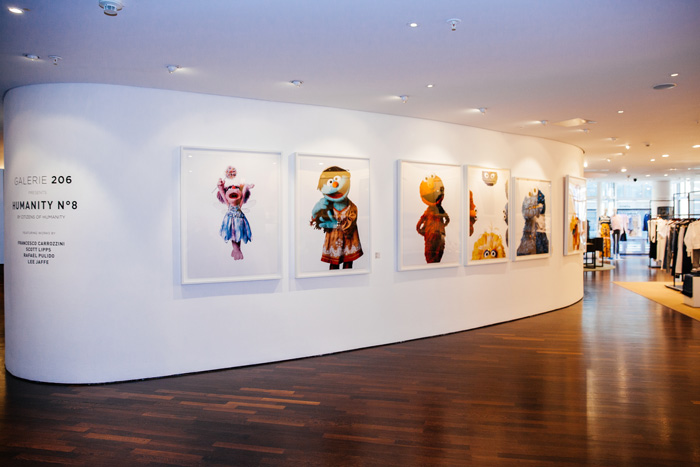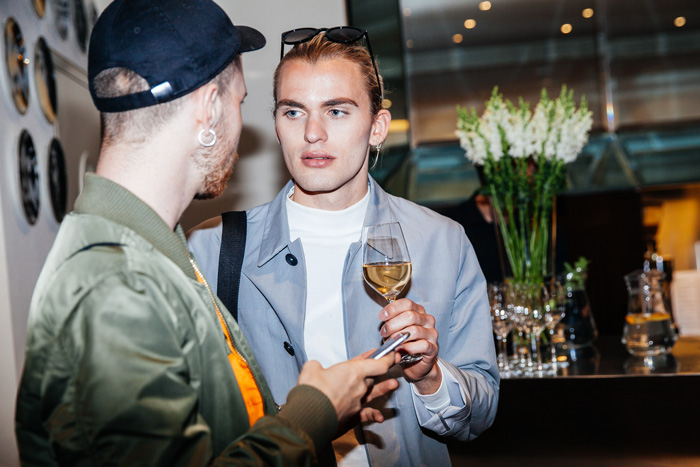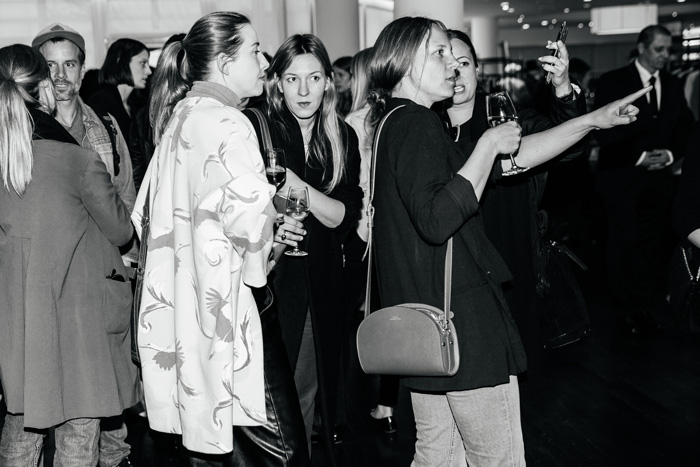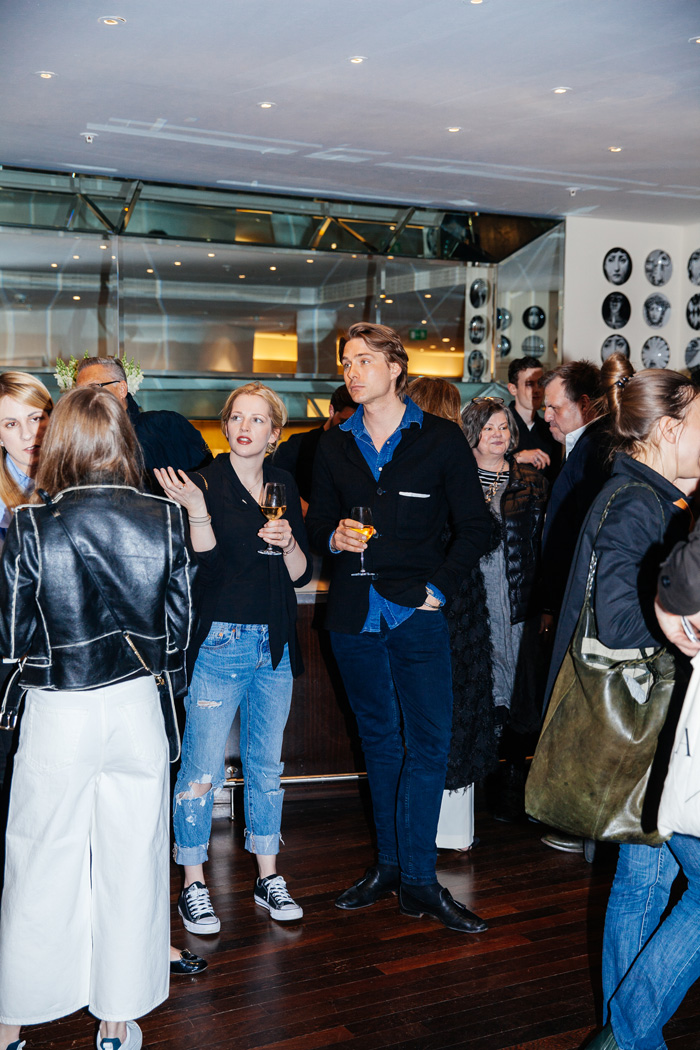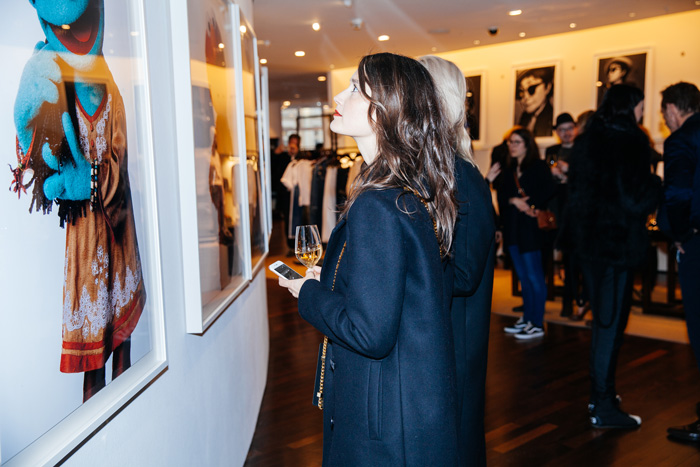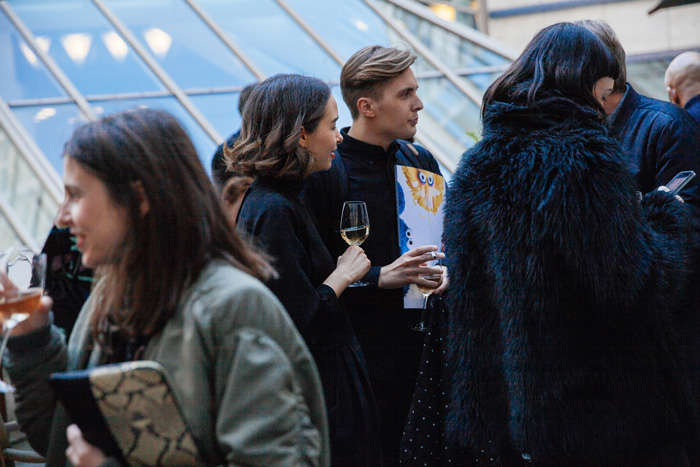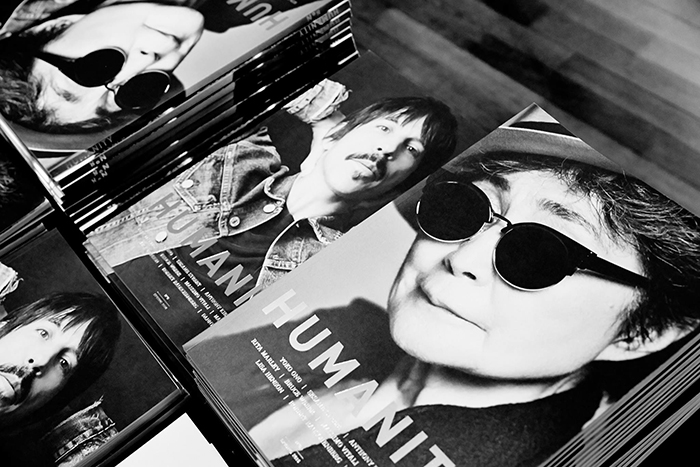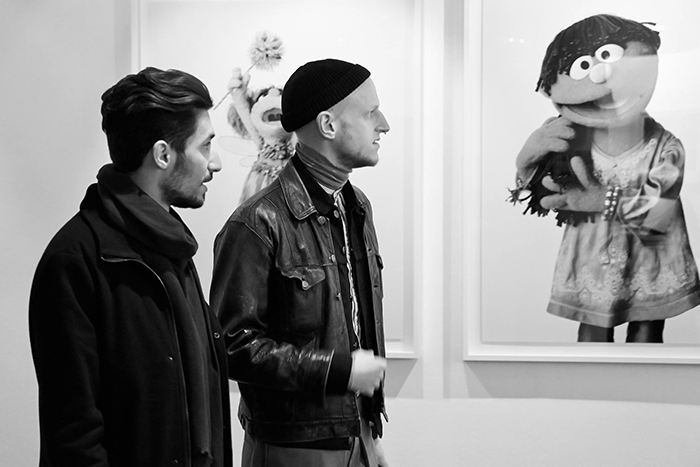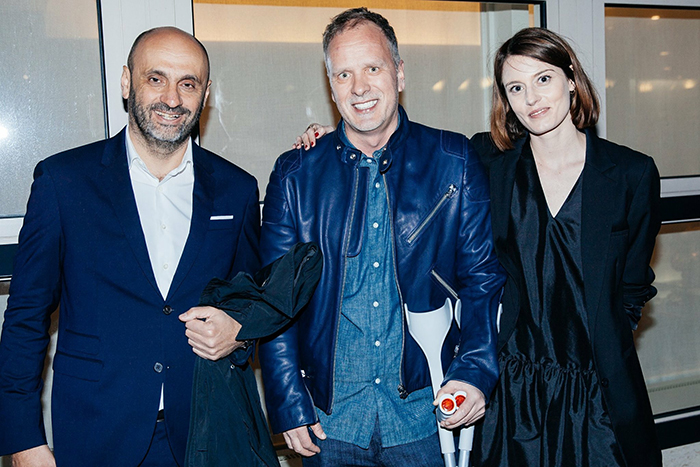FRANCE MAY HOLD PERPETUAL BRAGGING RIGHTS FOR BEING THE BIRTHPLACE OF MODERN CUISINE, BUT IT’S THE SPANIARDS WHO’VE LAID CLAIM TO REINVENTING IT. AND WITH ASCENDANT, FEARLESS YOUNG TALENTS LIKE ENEKO ATXA WORKING AT THE HEIGHT OF THEIR POWERS, SPAIN SHOWS NO SIGN OF LETTING UP WHEN IT COMES TO REWRITING THE SCRIPT ON WHAT IS POSSIBLE INSIDE A KITCHEN.
Like his country’s culinary godfather, Ferran Adrià, who started a revolution with his work at El Bulli on the Catalonian coast in the 1990s, the 38-year-old Basque chef has become something of a legend among molecular-gastronomy junkies, thanks to his mind-bending embrace of science in his pursuit of flavor and texture as well as his awesome technical wizardry in the kitchen. His base of operations: Azurmendi, located in the heart of his beloved Basque country and currently recognized as one of the best restaurants on the planet, according to San Pellegrino’s definitive World’s 50 Best Restaurants list. It also made Atxa the youngest three-starred chef in his country’s history.
While Atxa is best known for his headline-grabbing gastro experimentation—such as using an ultrasound machine to make garlic-infused olive oil and recreate “natural sea aromas,” or preparing an “inside-out” hen’s egg with a “yolk” of injected truffle broth—those who’ve had the pleasure of actually eating at Azurmendi know that his conceptual reshuffling of the dining experience extends far beyond the plate. To eat there is to immerse oneself in what Atxa calls his holistic approach to cuisine, which begins with his love of Basque culture. “For my people, life is experienced around the table, which is a magic place for us,” he says. “It’s there where one listens to the oldest people in the family, where one can learn, enjoy, understand life, socialize. Gastronomy is the unifying thread of all this experience. The best moments of my life are linked to the table, and for that reason I believe food to be a universal language that can reflect, talk and transmit who we are, how we are, how we live and where we go.”
In the 10 years since opening Azurmendi with his uncle and business partner, Gorka Izagirre, Atxa has continued to develop a conceptual aesthetic that reflects his fierce loyalty to his homeland as well as his total disregard for convention. “In our restaurant you will experience something totally different to what you may live through in Michelin three-starred restaurants,” he explains. That includes a narrative approach to the dining experience that feels very much like a visit to a private home rather than an elite restaurant. An evening at Azurmendi begins in Atxa’s indoor garden, followed by a tour of the outdoor vegetable gardens and greenhouse, where a variety of snacks are playfully camouflaged in between the plants. Up next is a round of small bites during a “picnic” inside Azurmendi’s fully sustainable main building, then a trip to the main dining room, where guests have the option of ordering from one of two menus: “Roots,” which features classic Basque recipes, or “Branches,” home to Atxa’s famed culinary explorations.
Along with his celebrated commitment to ecology and the environment (Azurmendi has been called the most sustainable restaurant in the world), Atxa and his team have also immersed themselves in social causes and public health education, including writing a book on the causes of and treatment for obesity. He’s also well down the road with an ambitious internationalization project that began with the launch of Aziamendi in Phuket, Thailand, in 2013 and will continue with a major announcement in the coming months.
“I always reiterate that the award received yesterday is not valid for today,” says Atxa. “We face a big challenge every day when we open the restaurant, when a client arrives to visit us. We must always start from scratch.”
—



